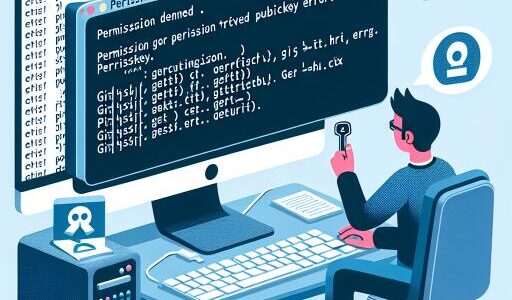Exploring the New Messaging API in AWS SimSpace Weaver’s App SDK
In the evolving landscape of simulation technology, the ability to facilitate seamless communication between different simulation applications (apps) is a game-changer. The introduction of the Messaging API within the AWS SimSpace Weaver app SDK heralds a new era of interactive possibilities. This innovative tool is designed to enhance the way simulation apps interact, bridging the gap across virtual distances and altering the state or behavior of entities within the spatial simulation.
At its core, the Messaging API is not just about sending and receiving messages. It’s an architectural enhancement that leverages a sophisticated framework to enable dynamic interactions within the simulation space. Each message transmitted through this API carries a header with vital information regarding the sender. This functionality is pivotal, as it opens up avenues for recipients to send targeted responses directly to the originator of the message, thereby fostering a two-way communication stream.
The fundamental principle of the Messaging API goes beyond mere data transfer. While it does not serve as a complete substitute for connecting clients directly to custom apps, it significantly amplifies the capabilities of these applications. For instance, data generated in custom apps with client connections can effortlessly be forwarded to other apps within the network that lack external connectivity. This feature is invaluable, especially in complex simulation scenarios where interoperability between different applications and components is crucial for achieving a cohesive simulation experience.
In summary, the Messaging API introduces a transformative approach to communication within the AWS SimSpace Weaver app SDK. It equips developers and engineers with the tools to create more interconnected and responsive simulation environments. By enabling detailed control over the interactions between various simulation entities, this API promises to push the boundaries of what’s possible in spatial simulations, paving the way for more sophisticated and immersive virtual realities.










